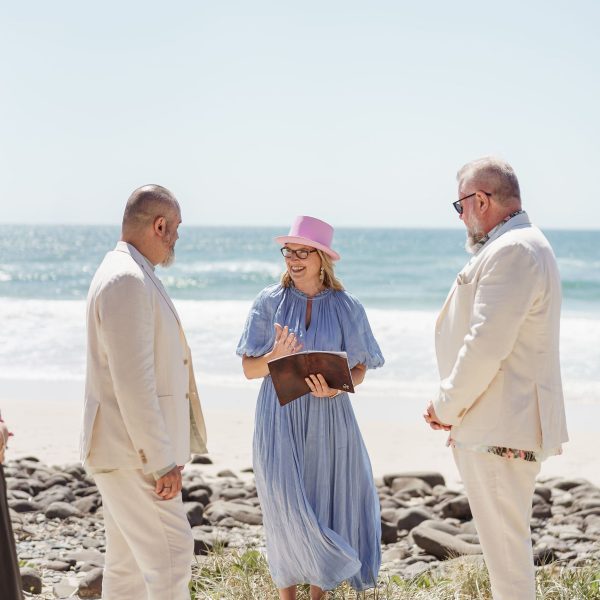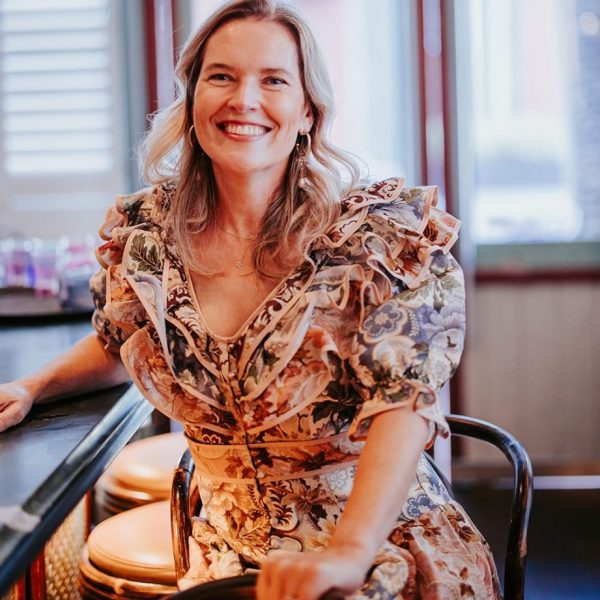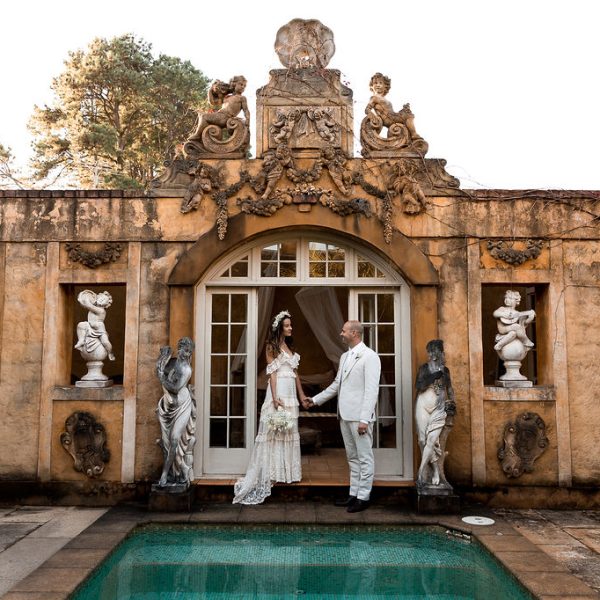Where do the bride and groom traditionally stand during the wedding ceremony?
The Tradition of the Groom Standing on the Right: Origins
Meaning and Modern Relevance
At most traditional weddings, the groom stands to the right of the bride during the ceremony- but why? This long-standing custom is often taken for granted, but it actually has historical roots that date back centuries! It’s rarely questioned as to WHY this custom is how it is. But in any case, modern considerations have led many couples to reconsider or even abandon this arrangement.
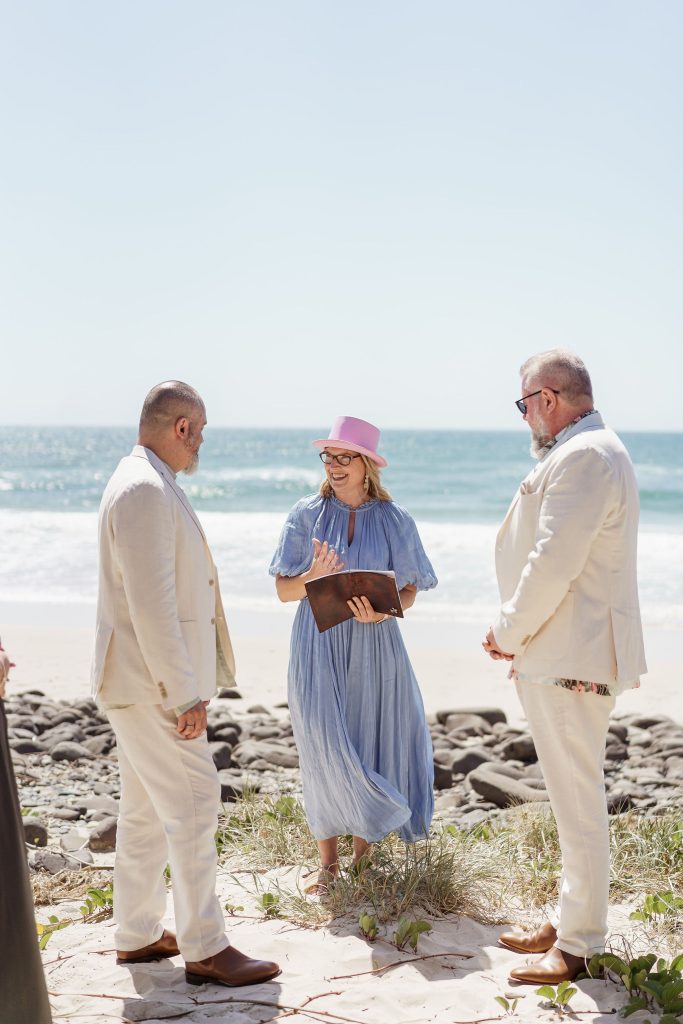
The Historical Origins of the Groom Standing on the Right
The tradition of the groom standing on the right side of the bride stems from medieval times when weddings were sometimes less about love and more about alliances, transactions, or even abductions!! In an era where arranged marriages and feuding families were common, a groom needed to be ready to protect his bride—sometimes quite literally.
In medieval Europe, it was customary for men to carry swords on their right side since most people were right-handed. Standing to the right of the bride ensured that the groom’s weapon hand remained free in case he needed to defend her from rival suitors, disapproving family members, or even an unexpected ambush. This tradition persisted even as society evolved, transforming from a protective stance to an ingrained wedding custom.
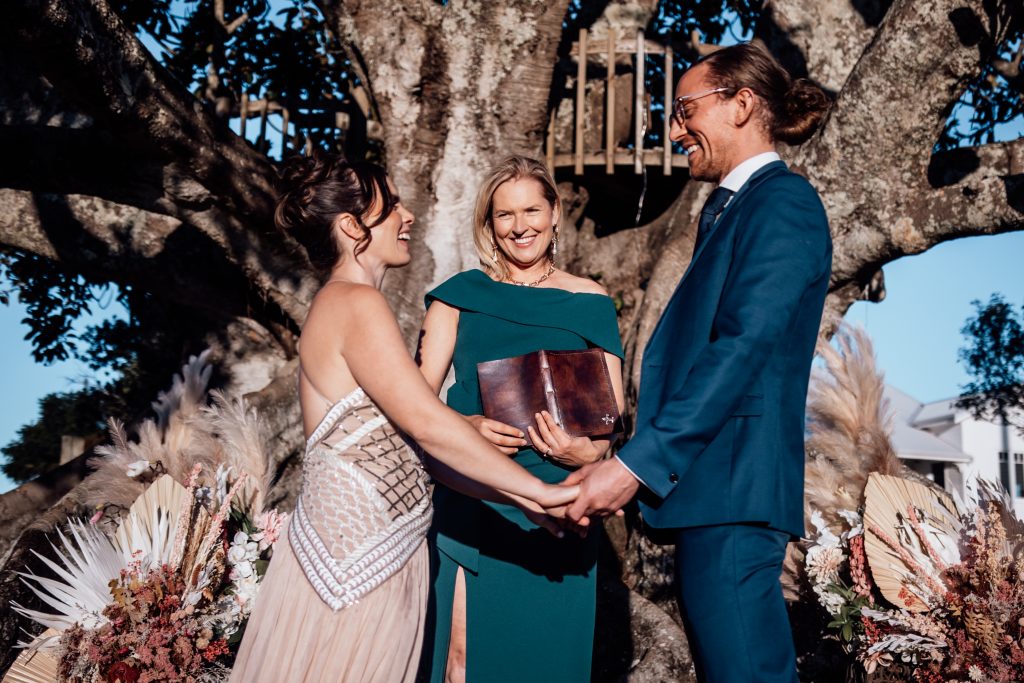
The Symbolic Meaning of This Tradition
As arranged marriages became less about security and more about love, the symbolism of the groom standing on the right side evolved. Some interpretations suggest that it represents the groom acting as a guardian or protector of the bride, reinforcing the idea that marriage was once about transferring a woman from her father’s care to her husband’s.
In religious contexts, particularly within Christian ceremonies, the right side has traditionally been considered a place of honour. This may have further cemented the groom’s position to the right of the bride, symbolising strength and leadership within the marriage.
Modern Considerations: Why Some Couples Are Changing This Tradition
- Personal Preference and Aesthetics – Some couples feel that they look better in photos when swapped, depending on their angles, dominant features, a special feature of the wedding outfit that they want to show off in photos, etc.
- Same-Sex and Gender-Inclusive Weddings – In LGBTQ+ ceremonies, where there may not be a designated ‘bride’ and ‘groom,’ couples often stand in whatever way feels most comfortable to them, making the positioning more flexible and inclusive.
- Religious or Cultural Variations – Different cultures and religions have their own customs regarding positioning. In Jewish weddings, for example, the groom traditionally stands on the left and the bride on the right.
- Venue Layout and Space Considerations – Some couples choose their positioning based on the layout of their ceremony space, ensuring that both partners have an equal presence and that they can best face their guests or officiant. This also goes for the positioning of the sun if it is an outdoors ceremony. The last thing either party wants is for the sun to be shining directly in their eyes! Similarly, which way is the wind blowing? One person with long hair may prefer to stand so that the breeze is not blowing hair all over their face.
- Breaking Gendered Traditions – With the move toward more egalitarian relationships, many couples prefer not to reinforce the outdated idea of a husband as a ‘protector’ of his wife, opting instead for a positioning that feels more equal.
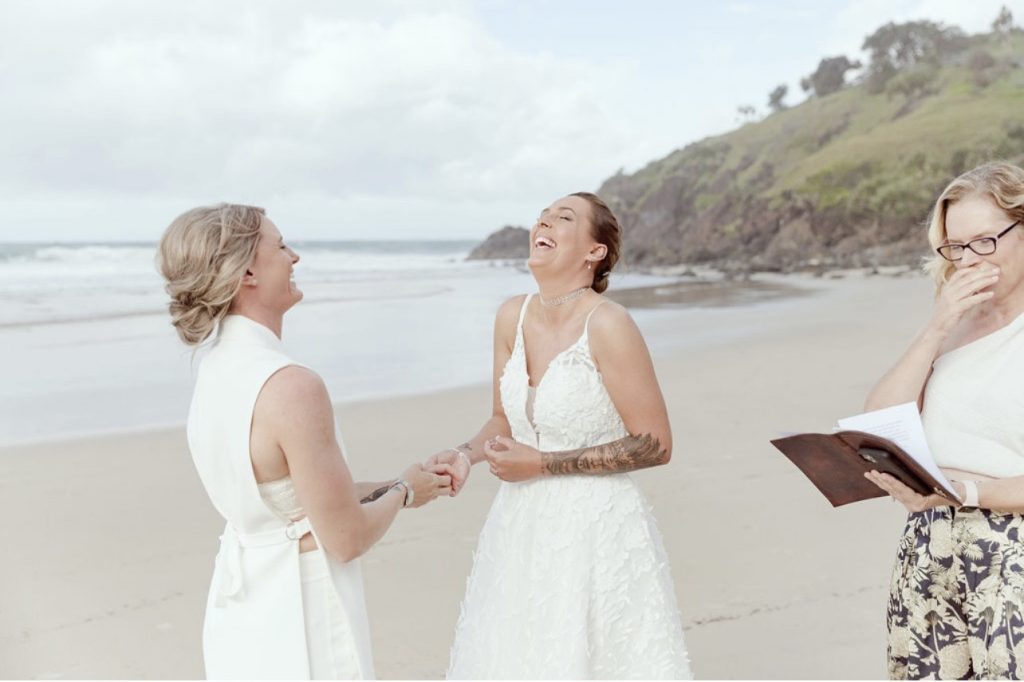
Alternatives to the Traditional Positioning
If couples choose to move away from the conventional setup, there are plenty of meaningful alternatives:
- Standing on the opposite sides – Simply reversing the traditional arrangement- there are no rules saying you can’t!
- Standing side by side facing guests – Some couples stand together, facing their guests instead of the officiant, making the ceremony feel more inclusive and engaging.
- Circular or non-linear ceremony layouts – Some modern weddings forego the aisle and traditional alignment altogether, opting for ceremonies in the round, semicircles, or unique arrangements that better suit the venue or couple’s vision.

Making the Tradition Your Own
Where do the bride and groom traditionally stand during the wedding ceremony?Ultimately, whether to follow or adapt this tradition is a personal choice. While history provides a fascinating backdrop, modern couples are no longer bound by these customs. Instead, they can shape their ceremony to reflect their values, preferences, and personalities!
As weddings continue to evolve, the most important aspect is that the couple feels comfortable and true to themselves. This may mean keeping tradition alive or rewriting the rules.
I’ll be more than happy to help you with the ins and outs of your ceremony- contact me here!
Find my listing on the Attorney General’s website here.
